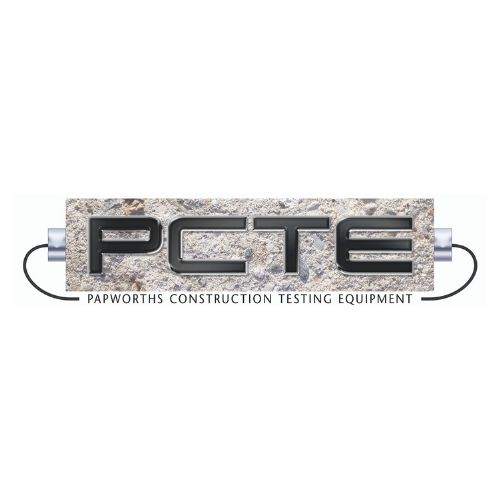A magnetic soil extensometer is a geological tool used to monitor settlements and heaves. It particularly finds application in dams, excavations, embankments, and foundations. The data recorded by the extensometers accurately indicate the depth and amount of settlement. Some of the common features of magnetic soil extensometers from good brands are:
· These systems are versatile, with several magnetic targets that make the system suitable for various applications.
· A magnetic soil extensometer gives a visual and audio indication of the magnetic targets.
· The access tubes of these extensometers can be extended through fill material.
· Using the inclinometer casing, one can also use large targets.
· One can use the systems with a reed switch probe.
· Magnetic soil extensometers are easy to install.
There are several reasons why the magnetic soil extensometer has become a popular tool. It can read at multiple locations using a single probe. The access tubing and the magnetic targets are the only parts that have to be installed into the ground permanently. The measuring system is not only accurate but also easy to read. Using a magnetic soil extensometer, one can monitor any number of targets in a borehole.
The popular applications of magnetic soil extensometers are:
· Predicting roof or wall falls: The fall of the roof or a wall is a major danger that excavators face while in underground cavities. However, a soil extensometer can warn against a potential roof fall beforehand, thereby lessening the chances of an unsuspected wall or roof fall.
· Testing a support system: During excavation or mining operations, support systems are installed inside cavities and tunnels to prevent accidents. A magnetic soil extensometer can help test the support system's effectiveness by recording the behaviour of the walls and the roof.
· Slope measurement: Quite often, these soil extensometers find application in measuring the movement in slopes and foundations. Monitoring this movement is necessary during underground excavation and during heavy construction over the foundation.
Therefore, a magnetic soil extensometer is an easy-to-use, reliable and accurate tool that can be used for a wide variety of applications, including the aversion of hazards!







